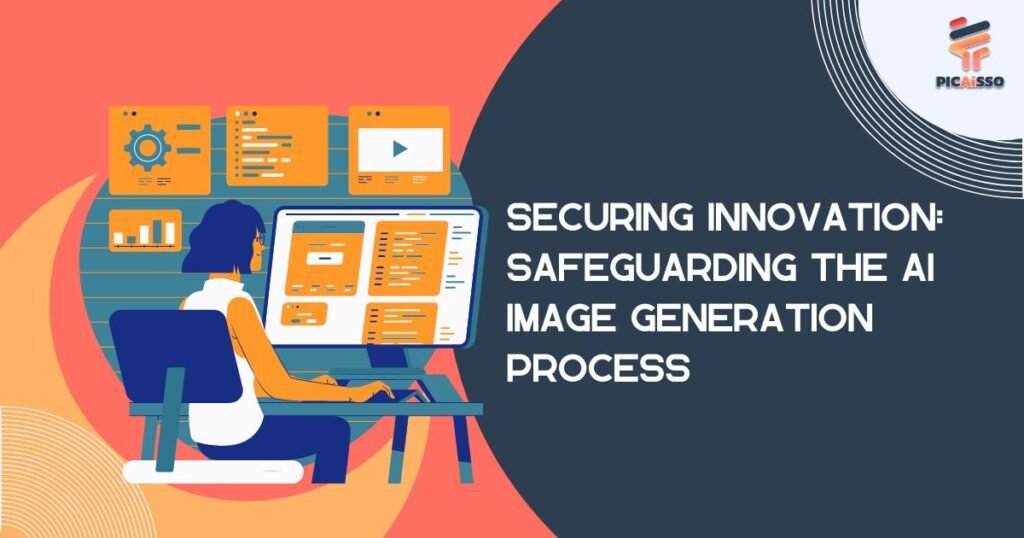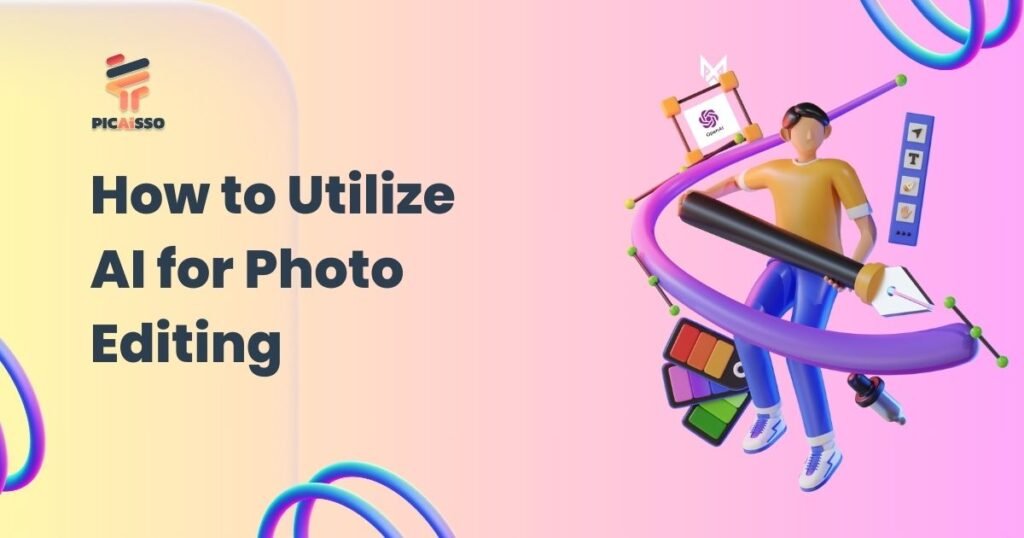
In an era where visual content dominates, image generation is becoming increasingly automation-based. This sparks both innovation and security challenges. Relying on artificial intelligence (AI) allows us to create images at a rapid rate, but it also brings significant vulnerabilities that organizations must handle carefully.
This blog post will examine AI image generation and focus on the safest ways to protect this process. We’ll examine the security challenges associated with AI, consider some protective measures, and provide some steps to follow when forging your digital creations to make them bulletproof.
Understanding AI Image Generation
AI image generation takes advantage of deep learning. When trained, neural networks recognize patterns in large datasets. Once that’s complete, these systems can generate imagery from scratch or alter existing pictures to create new content. The potential for this technology is vast: it ranges from art and design to medical imaging and forensics.
AI image generation has made its mark on various sectors despite being so young. Advertisers and marketers use AI-generated visuals to create compelling online content, while scientists use them for detailed simulations and analysis work. We’re even seeing artists collaborate with machines on certain projects, pushing human-machine interaction boundaries further.
Security Challenges in AI Image Generation
Due to its powerfulness, integrating AI in image creation opens doors for various threats. One of the most worrying aspects is deepfake misuse—synthetic media in which someone’s face is replaced with another person’s likeness. These videos have already caused concerns over public opinion manipulation, fraud against individuals, or reputations being damaged beyond repair.
Intellectual property theft through unauthorized extraction can happen when you don’t protect your images well enough. Unauthorized access could also mean trouble if those images contain any sensitive data.
Last but not least, deploying biased or discriminatory elements inside images can hold significant legal and societal consequences.
Effective Security Measures
Strong data protection and cybersecurity strategies are a must when it comes to the challenges AI image generation faces. To prevent unauthorized access to image data, you could encrypt it. This method will scramble content into an unreadable format unless a decryption key is added.
Adding layers of security through authentication can also help prevent intruders from gaining access. Multi-factor authentication (MFA) forces users to provide two or more verification factors to gain access. By doing this, you’re significantly reducing the risks of anyone breaking in without permission.
Implementing secure development lifecycle (SDL) practices is another crucial method to ensure nothing gets past your defenses. It allows every phase of an AI project—from design to deployment—to integrate security considerations for the best possible outcome.
You’ll want to follow proper data governance and compliance, too. That means making sure that all your policies and regulations are being adhered to. By guaranteeing images are generated, stored, and protected using the highest privacy standards, we’ll remain compliant while keeping up with regular audits as an extra defense against potential threats.
Best Practices for Securing the Image Creation Process
The previous section looked at overarching security measures, but this one will focus on concrete best practices to help you secure your AI image generation process more effectively. Remember: when creating these practices, ensure they work well with other organizational security plans, too!
Train on Secure Data
Ensure that AI model data is secure. Raw image feeds and labeled datasets must have integrity. Personal data used in training must be anonymized and protected to comply with relevant laws.
Monitor and Audit AI Systems
Use AI systems to check for weird behavior that may indicate a breach. Regular audits of system logs and user activity will help you see problems before they become giant ones.
Implement Role-Based Access Controls
Restrict access to the system based on roles within the organization. This way, only those supposed to use the AI image generation process can use it, which will help keep people from abusing it.
Regularly Update and Patch Systems
Patching the system’s software and its underlying components makes it easy to fix vulnerabilities. Security should always be up-to-date, so you’ll need a detailed update plan.
Foster a Security-Aware Culture
People are usually your best line of defense against hacks. By getting employees used to thinking about security, you’ll teach them how to spot problems before they happen. Training programs, campaigns about awareness, and clear communication of policies all help make people smarter about stopping threats.
Read More: AI Image Generator Unleashed – Your Creative Guide
Looking to the Future
AI image generation is quickly becoming more popular. But that also means hackers are working harder than ever to penetrate it. So, while you’re trying new things with AI image generation, remember new ways of keeping hackers out, too.
Everybody knows quantum computing is the future, but does everybody know that it could ruin our encryption methods? Once we trust AI image generation technology, we will be more vulnerable than ever.
We’ll never stop improving our use of AI, either! As we do, things will become more complicated and require complex security solutions, too.
Don’t worry, though—as long as we invest in fixing these problems now, we won’t have anything bad coming towards us in the future!
Conclusion
Image creation has been democratized by AI — giving everyone powerful tools to create beautiful things. But it’s all for nothing if we don’t protect our AI tools and the things they make,
Of course, keeping our digital world’s trust and stability alive is important, too!
In conclusion, securing AI image generation can’t be talked about enough. It isn’t just a matter of doing what you’re supposed to or trying your best; it is something that organizations have to put into everything they do.
We don’t need any more calls to action on how important securing this is. All we need from companies now are investments in security and awareness, making sure people know how important security truly is!

